You should have heard the names of various types of projectors and might have been confused about how do they work or which one would be perfect for you.
Here in this in-depth article, we have categorized the types of projectors and discussed how they might fulfill your requirements.
Let’s start…
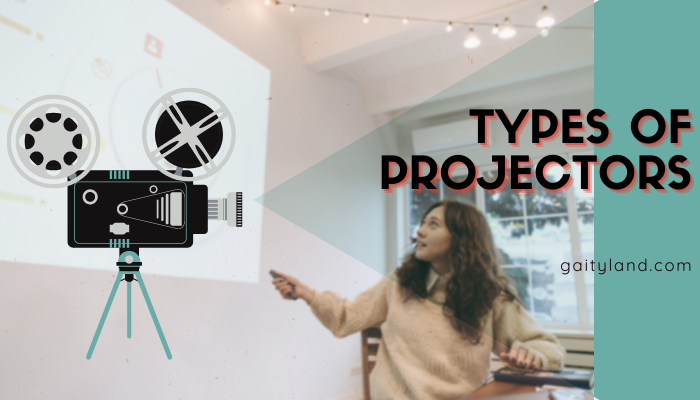
What is a Slide Projector?
Table of Contents
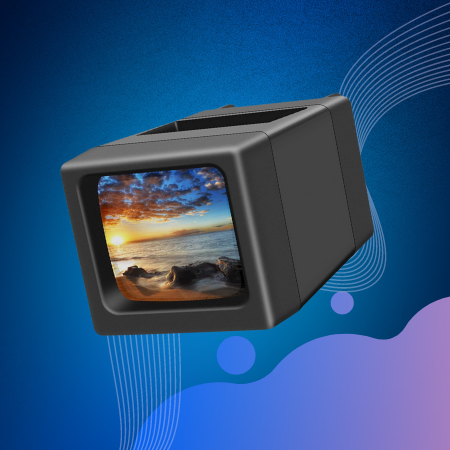
It is a projector that you can use to view photographic slides through mechanical and optical methods. It has a reflector, a focusing lens, a bulb, and a holder. You place the photographic slide on the holder. To protect the slide from damage, the slide projector has a condensing lens that absorbs heat for adequate protection. It also protects it from infrared.
The image on the slide passes through the transparent glass, magnified, and projected on a screen. What is the audience sees is a larger image that would have been unclear in normal circumstances?
Slide projectors were standard in the 1960s where family members and friends would gather and enjoy a slide for entertainment. They are not very common in contemporary society.
What is a data projector?
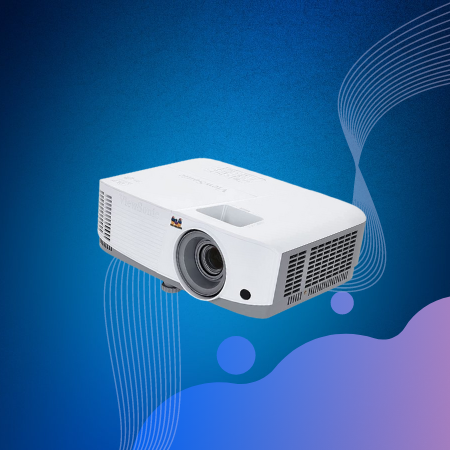
The data projector is quite conventional in lecture rooms and auditoriums where slide presentations and instruction are necessary. The device efficiently projects computer output onto a screen (also: types of projector screen) or wall where it is visible to everyone. The resolution of data projectors for VGA output is around 1024×768. But you can also find 1280×1024 and even higher.
Most of the data projectors also have inputs for HDMI to accommodate cable boxes, DVD players and other sources.
In the 80s, data projectors weighed up to 40 lbs. They had a cathode-ray tube. Fortunately, the data projectors are more compact and lighter than it was some years ago. For example, the MP1400 from Compaq is only 4 pounds.
What is a Laser Projector?

There is a projector that is an advanced device that projects a wider variety of colors than the typical lamp projector. As a result, the picture quality from a laser projector is better and more refined. The projector creates images by varying laser beams. In the majority of cases, the projector features housing that incorporates a laser, galvanometer scanners, mirrors, and other optical elements.
A projector can have one light source such as blue or even resources for a full-color projection. In comparison to the lamp projectors, the laser projectors do not need as much maintenance. Their filters are long-lasting in contrast to lamp projectors.
What is Keystone Effect in a Projector?
The keystone effect is the apparent distortion of the image when it displays on a skewed surface. You will notice this distortion when the shapes are significantly changed. For example, a square will look a lot like a trapezoid. The problem is familiar with some projectors that lack the focus depth to maintain the same lines from top to bottom. Some of the solutions to these problems include
• Adjusting the projector more to the center of the screen
• Using specialized software on the projector
• Changing the screen on a small angle
• Controlling the projector using a computer

What is Native Resolution of a Projector?
If you are new in the world of projectors, you may get a little confused by the two types of specifications that include a native resolution and maximum resolution. What do the two mean? All projectors, regardless of brand or type, make use of microdisplays. It does not matter whether it has LCOS, DLP, or fixed array pixels. The microdisplays have a set number of pixels that we are referring to as the native resolution.
In other words, the native resolution is the actual or physical resolution that a projector has. The projector cannot display more than this native resolution.
The maximum resolution, on the other hand, is the signal format. It has nothing to do with the physical pixels or display. There are different devices with different video signals, and the projector is designed to recognize the signal format coming from the device. The highest resolution signal that a particular projector can process is the maximum resolution.
What is an LCD Projector?
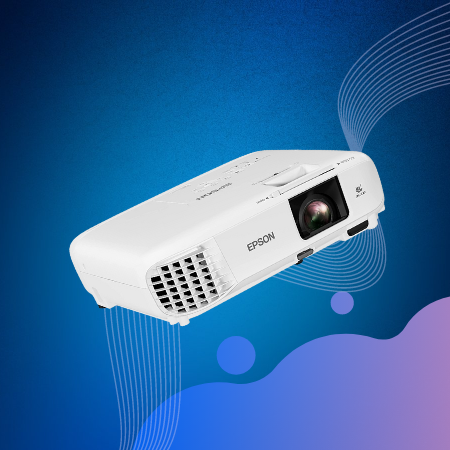
The LCD projector is undoubtedly the most exceptional modern creation that enhance our viewing experience. The technology behind the LCD projector is not very new. It is three decades old. And it is all thanks to Gene Dolgoff, both Sony and Epson continue to make the best LCD projectors.
LCD projectors work by using high-intensity light beams that move through numerous shifting pixels. And as opposed to the old projectors that used a translucent film, the LCD projectors employ LCDs. It is not 1 display, but rather 3 of them. That is why you will find LCD projectors been called 3LCD.
Before a light can travel to the 3 LCDs, it is split into three hues. It is then combined in a prism to give you a clear and crisp image that you love so much. LCD projectors are a joy to use.
-
-
- Related article:
-
What is an Elmo Projector?
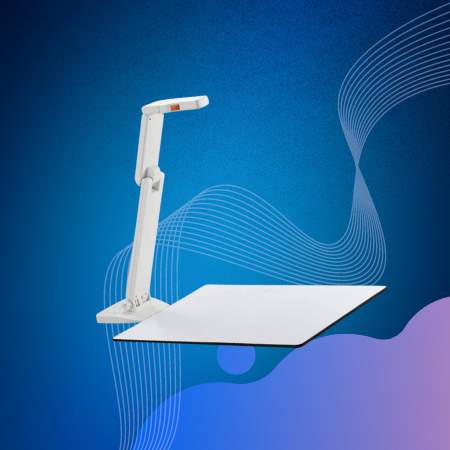
The Japanese electronics and Optics manufacturer, Elmo, is the organization behind the Elmo projector. The device combines the projection system and the document camera to display documents and other objects that are not translucent to a group of people, such as in a lecture room. The Elmo cameras in the projectors can capture not only documents but also 3D objects. However, these objects will be rendered in 2D format. You can also use the Elmo projector to watch a movie. However, that is not the most appropriate use of the device. But it is always good to have more options.
If you use the projector to watch a movie, the images may appear jumpy. You see, the design of the projector takes into account that no movement will be needed when capturing documents. In other words, they are not meant for videos.
What is DLP Projector?
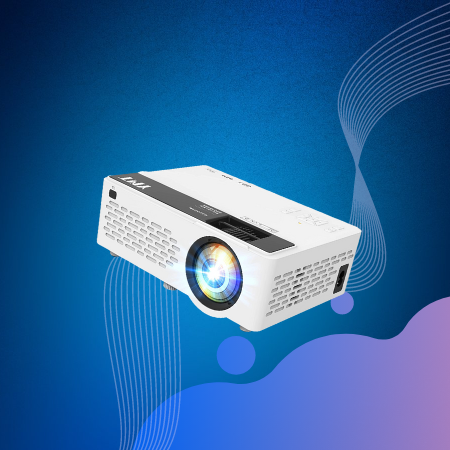
LED, LCD, and DLP are the leading technologies used in projectors. DLP or Digital Light Processing uses a chip that combines a spinning color wheel and microscopic mirrors to form images. Some of the benefits associated with DLP projectors include 3D capabilities, the fact that you don’t need filters, and bright and crisp images. The lamp life of the projector is between 2000 and 5000 hours. Unfortunately, some users report ghosting in some scenes.
In contrast, LCDs use fixed crystals, and there is no movement. They are less expensive and offer better color saturation. LCD projectors have a reduced noise level and are perfect for movies.
The downside associated with the LCD project is that they need constant filter maintenance.
In comparison to the other types of projector technologies, LED projectors have a much higher lifespan of about 20000 hours. They are smaller, have zero maintenance, and they are energy efficient. LED projectors don’t consume a lot of power.
